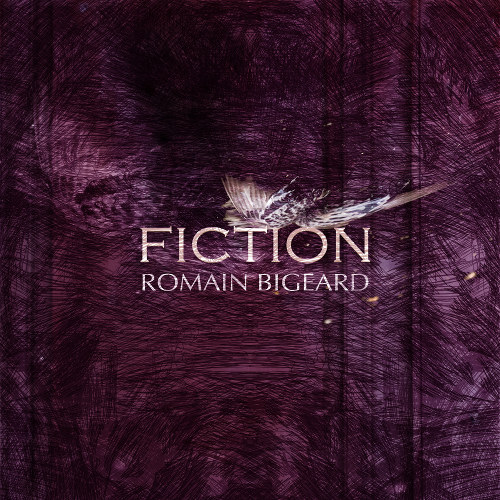Next in my Guitarists series: the tone of a legend, Eric Clapton. I should say “tones” really, as EC had two distinct periods when it came to guitars and gear: the Gibson years in the beginning of his career and the Stratocaster years from the early 70s until now.

This first part will be all about the Gibson years and I will show you how to approach the tone of Eric Clapton using common pedals at bedroom volume. Mind you, I am talking about trying to approach his tone. Getting a Clapton type of tone at a reasonable volume is quite difficult since he is fond of non master volume amps cranked as loud as possible, and of course a lot of it is in his fingers and his mastery of the instrument. But first things first, let’s talk about his guitars and amps.
The Birth of a Classic Combo: Gibson and Marshall
The album that really brought attention on Eric Clapton is “John Mayall and the Bluesbreakers with Eric Clapton“, also known as “the beano album” due to the cover showing Clapton reading this popular comics. This album was released in 1966. Clapton’s tone at the time was almost revolutionary as he used a Gibson Les Paul, which wasn’t popular, plugged into a completely cranked Marshall JTM45 (reissue models available from Marshall). The result was a fat tone which has now become an absolute classic.
You have to realize that at that time, Marshall was unknown and the JTM45, nicknamed later “Bluesbreaker” because of its impact with the band, was the first Marshall amp ever. And it was heavily inspired by Fender amps!
Anyway the classic Gibson/Marshall combo was born and Eric Clapton did a lot to popularize it. There are stories about sound engineers asking Clapton to lower the volume of the amp, which he refused to do as with non master volume amps such as the JTM 45, the gain and the volume are determined by the same knob.
The Woman Tone
As the sixties went on, Marshall amplification listened to the players asking for more power and the result was the 100W Marshall stack. The PA systems at the time were pretty weak and mostly used for vocals or other acoustic instruments which means that guitarists had to rely on their amps to be heard – even in big venues. This explains why some bands carried several 100W Marshall stacks on stage, which would have been properly deafening at close range.
Clapton joined Cream in 1966 and the band become accustomed to big concerts hence his need for 100w Marshall stacks. After his beloved Les Paul was stolen (read about it on Gibson.com), Clapton switched to a Gibson SG and an ES335. Using these guitars and a healthy amount of amp overdrive, Clapton came up with what is called the “Woman Tone” by lowering the tone control of the pickups, creating a “wailing” sound. He also started using a brand new effect, the wah pedal. Here is the master explaining his 1968 tone in person:
In this video, I wasn’t struck by EC’s hairdo or his mustache but by the reverb you can hear in his tone. Was it a studio plate reverb? Or just the sound of the venue?
I have tried to reproduce a similar sound using a small clean Fender Champ amp, a Tube Screamer (Analogman TS9) and a Morley Pro Wah. To mimic the reverb heard in the video above, I have added a “Vintage Plate Reverb” in Cubase after the recording. I have used the Reverence plugin with the “Vintage Plate Reverb 2s” preset.
This “Woman Tone” approximation works best with the neck pickup of my Gibson SG 61 reissue. But it is also interesting with the bridge pickup and the two pickups together, as a I show in this short video:
The amp was set clean (Volume at 2.5) and the Analogman TS9 had the following settings: Drive at 3, Tone at 9 o’clock and level slightly above 12 o’clock. The wah was plugged before the Tube Screamer and the amp was close miked using a RODE NT4.
So guys and girls, it is time to take that twin humbucker guitar out of its closet and crank it!
In the next installment of this mini-series of posts dedicated to Eric Clapton, I will focus on his Strat tone.

